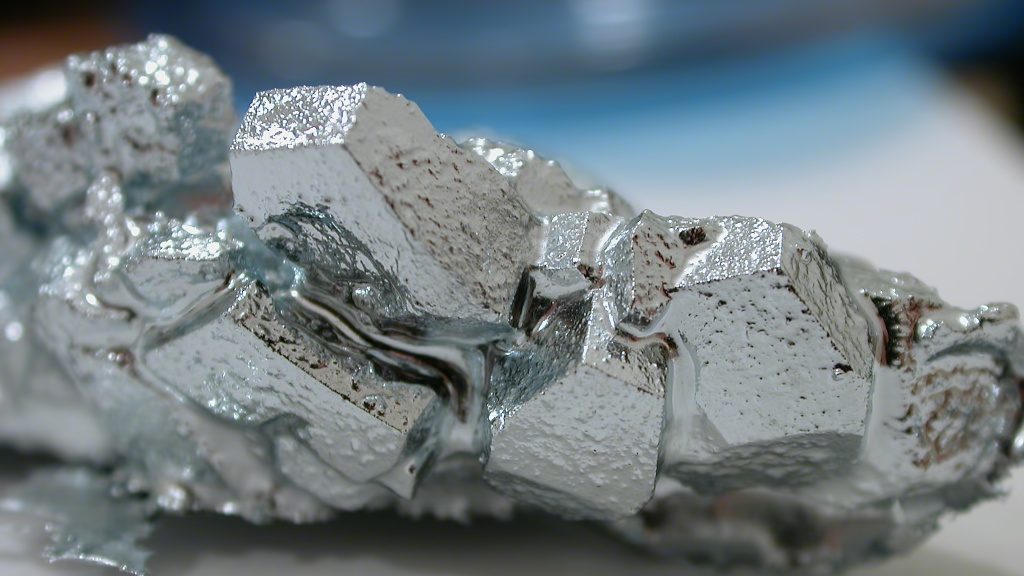A claimed superconductor “breakthrough” raises troubling questions

- The success of science largely rests on testability, transparency, and reproducibility. The work of a renowned superconductor researcher seems to be failing these tests.
- Independent investigators have found anomalies in the data, and this has already led to two papers being retracted.
- Regardless of the ultimate verdict, there is one silver lining: The introspective and self-critical nature of scientific inquiry works as intended.
Reproducibility is one of the great strengths of the hard sciences. Put simply, it’s a system of self-investigation, which is anchored by precise measurements that produce quantitative results within a common model of understanding. Transparency among researchers ensures that other scientists can read a study, understand its methods, reanalyze its data, and perform replication studies. So, when research fails to live up to these standards, scientists start to get suspicious, which is why recent claimed breakthroughs in high-temperature superconductors are beginning to raise red flags.
We should point out, up front, that the investigation is ongoing. Scientific articles have been retracted, discrepancies and errors have been admitted, and plagiarism accusations have been made. We don’t know the whole truth yet, but the process is working, and we will find it eventually. Soon, we should know whether apparent anomalies turn out to have acceptable explanations, or whether a wider swath of falsehoods will be removed from the scientific literature.
The holy grail of superconductors
In 2020, the research group of Professor Ranga Dias published a paper in the prestigious journal Nature. In it, they claimed to have found a new material capable of superconductivity at roughly room temperature. In the 120 years since superconductivity (the ability to perfectly transmit electricity with no resistance) was first observed, every known superconductor required low temperature to work. Mercury was the first, and it only superconducts when colder than five Kelvin above absolute zero. (5 K is – 451° F.)
Throughout the 20th century, researchers found superconductors that could withstand increasing temperature: 10 K, 25 K, and up to as high as 150 K (-190° F). Progress stalled before any superconductor capable of withstanding room temperatures of roughly 295 K (70° F) was found. Dias’ work jumped out as a breakthrough.
The discovery came with a caveat. While the new material — carbonaceous sulfur hydride (CSH) — remained superconducting at room temperature, it did so only under enormous pressures of more than two million atmospheres. (To put that into perspective, the air pressure around us is roughly one atmosphere.) Days ago, Dias’ group announced another room temperature superconductor: lutetium hydride doped with nitrogen (NLH). It supposedly superconducts at room temperature under a pressure of merely ten thousand atmospheres. In theory, this is another major step toward a practical superconductor. Yet the announcement was met with skepticism rather than acclaim.
Super-skepticism
Shortly after the 2020 Nature paper’s publication, independent expert physicists, led by Professor Jorge Hirsch, set out to test Dias’ work for themselves. (For brevity, we’ll call them the “replicators.”) They performed a thorough reanalysis, primarily focusing on the data in the paper, but eventually digging into other related work by the same authors. Their results turned up startling anomalies in the data that supposedly demonstrated superconductivity.
The details are complex, but essentially, the replicators discovered that the mathematical patterns (signal vs. noise) in the data could not have been obtained as Dias’ team claimed. In a written response, Dias modified the description of his analysis technique. The replicators tried that, too, and also were unsuccessful. Thus, even under the amended analysis, the reported signal was still anomalous.
Unfortunately, the replicators concluded that a third analysis technique was consistent with the published data: It could have been generated by combining a noiseless pure signal with a particular type of artificial noise, and then yet more noise could be added to that. (Here’s the full technical explanation.) But there’s a problem with this “technique”: It’s just data fabrication.
Things begin to unravel
The replicators found additional red flags. Hirsch looked up a 2009 paper on superconductivity, led by one of Dias’ collaborators on the 2020 Nature paper. Hirsch requested the original data (which went unfulfilled), but it inspired one of the co-authors of the 2009 paper to check over the data himself. Physicist James Hamlin says he went in expecting to exonerate the work that he was part of, but he came to believe the data was indeed manipulated.
As a result, the paper was soon retracted, with official explanations that “some if not all” of the results were due to “a subtle experimental artifact,” that some of the data “were not accurately reported,” and that recent measurements found “no evidence” of the discovery claimed in the paper.
Hamlin looked further and found additional problems in Dias’ work. He independently reported anomalies in the 2020 Nature paper, which was formally retracted as well. Hamlin claimed, and others corroborated, that several portions of Dias’ PhD thesis appear to be plagiarized from Hamlin’s own PhD thesis. He alerted the authors of another of Dias’ major studies that it too appeared to contain plagiarized material. One of that study’s authors looked at the evidence, could find no plausible explanation, and then requested that it be retracted. It’s currently under investigation by the publisher.
Finally, experimental replication studies of Dias’ CSH superconductor work — asking not whether the reported data was anomalous, but whether other scientists could independently synthesize a similar sample and reproduce the superconductivity experiment — have failed. Theorists haven’t had any luck either.
A super mess
As of March 2023, the superconductor discoveries — if we can actually use that word — are in the process of being verified by other scientists. So far, two papers have been retracted, and a third is under investigation. Further accusations of plagiarism look convincing, though they are being denied. Replication experiments have failed. Regardless of the ultimate verdict, there is one silver lining: The introspective and self-critical nature of scientific inquiry works as intended.





